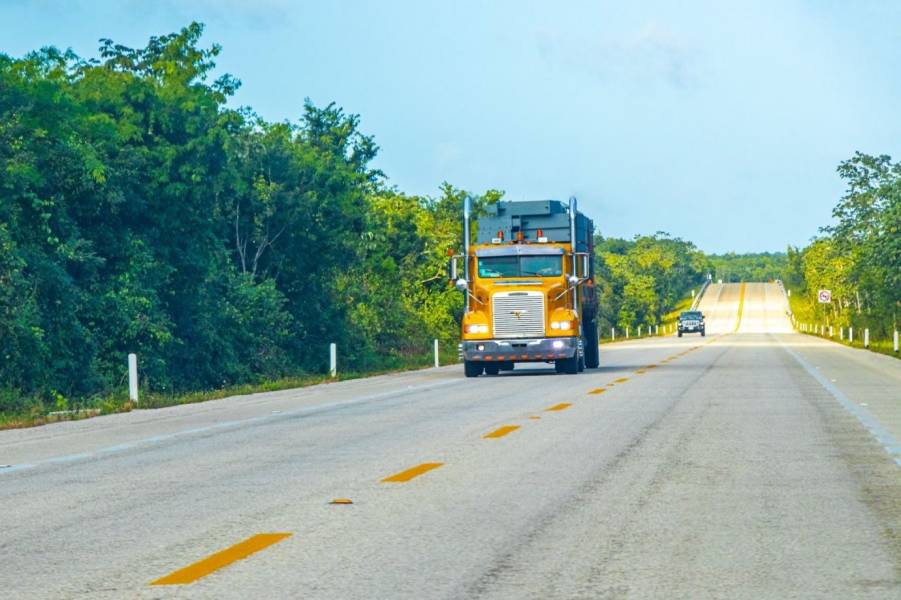Running a transport fleet means managing routes, drivers and maintenance, often all at once. A single accident can disrupt everything, which is why auto liability insurance matters. Some owners look for faster service and more control and turn to risk retention groups where members share ownership. One such group is STAR Mutual RRG, known for its focus on commercial auto liability and fast, flexible coverage. This article outlines the key steps to choosing protection that keeps your fleet moving.

Understanding the Basics of Auto Liability
Auto liability insurance pays for damage or injuries if your driver causes an accident. One serious crash can bring high costs, so this type of coverage is often the most important part of a fleet policy.
Limits depend on your cargo, fleet size, and how far you travel. A courier may need less coverage than a company hauling freight across state lines. The goal is to choose a plan that protects you in worst-case scenarios without overpaying for coverage you do not need.
Setting Up a Safety Culture
Safe driving habits and routine maintenance can lower your claim frequency. Carriers and risk retention groups often reward fleets that practice consistent safety protocols. Some offer discounts or better rates if you demonstrate a strong safety record. You might invest in dashcams, telematics, or detailed driver training. Over time, these actions may reduce accidents and give you a stable claims history.
When fewer accidents occur, the entire insurance process becomes smoother. You can avoid costly premium hikes and keep your trucks on the road. Plus, a reputation for safety can attract top drivers and new clients. Customers often look for reliable partners that take precautions seriously.
Finding Your Coverage Gaps
A standard policy does not always cover everything. Specialized trucks, out-of-state routes, or hazardous cargo often require extra endorsements. Gaps usually appear when businesses assume one-size-fits-all coverage is enough.
To spot risks, review your daily operations. Look at the type of cargo, the routes you drive, the condition of your vehicles, and your drivers’ experience. The more accurately your policy reflects your work, the fewer surprises you’ll face when it matters most.
The Advantage of a Risk Retention Group
A risk retention group (RRG) differs from typical insurance carriers. It is owned by members who share similar exposures and want more control. Instead of paying a conventional insurer, you contribute to a member-driven entity that provides tailored coverage, and STAR Mutual RRG delivers this through a strong focus on commercial auto liability and fast underwriting decisions.
In an RRG, participants usually engage with the decision-making process. They might vote on major coverage options or discuss ways to improve safety standards. This collective approach can lead to competitive rates and quicker policy adjustments since the group focuses on a single industry rather than many unrelated lines of business.
Mistakes to Avoid
Waiting Until Renewal
Some fleets only review coverage once a year. If you expand or add new services mid-year, you risk insufficient coverage.
Ignoring Driver Records
A few high-risk drivers can drive up premiums for everyone. Run background checks and offer regular training.
Buying the Cheapest Policy
Paying less now might mean huge out-of-pocket costs if an accident happens and your limit is too low.
Forgetting State Regulations
Different states enforce different requirements. Make sure your policy meets all relevant rules.
These mistakes often cost businesses more in the long run. Regular check-ins with your insurer or RRG help you stay on track.
Evolving as Your Fleet Grows
A company might start with two trucks and a handful of routes. Over time, it might expand to a multi-state operation with a range of vehicle types. Auto liability needs can change drastically during this growth. A small policy may no longer be enough, and ignoring the need for extra coverage could lead to financial exposure.
Frequent reviews of your fleet’s profile keep you informed. If you discover you are reaching the limits of your current plan, it might be time for an upgrade. Risk retention groups can handle these transitions smoothly, since their process is usually designed for quick adjustments. A bigger fleet does not have to mean an unmanageable policy if you choose the right coverage partner.
Conclusion
Auto liability stands at the heart of every fleet insurance plan. It protects you if you are held responsible in an accident, which can happen to even the safest drivers. By combining rigorous safety protocols with a policy shaped to your real risks, you create a strong foundation for growth. As your routes expand and your business evolves, keeping coverage current ensures you never get caught off guard.
The risk retention model offers many advantages, including lower rates, collective ownership, and efficient processing. These elements help transport companies adapt to changes without facing endless paperwork. When you have coverage that fits your fleet, you are free to focus on timely deliveries, driver well-being, and customer satisfaction. That freedom is something every growing business can appreciate.
HedgeThink.com is the fund industry’s leading news, research and analysis source for individual and institutional accredited investors and professionals








